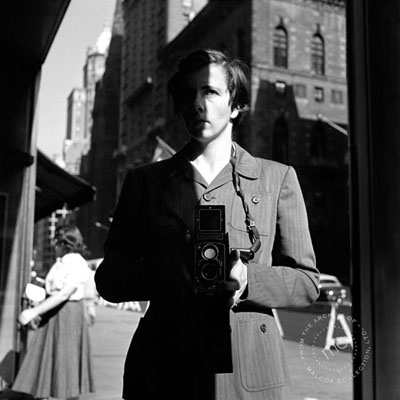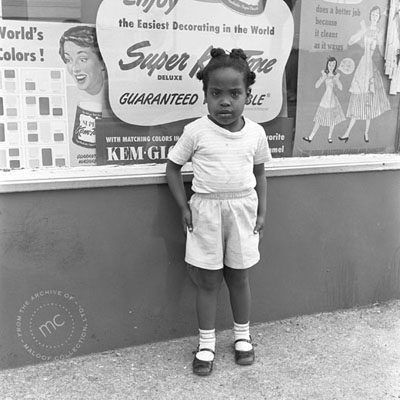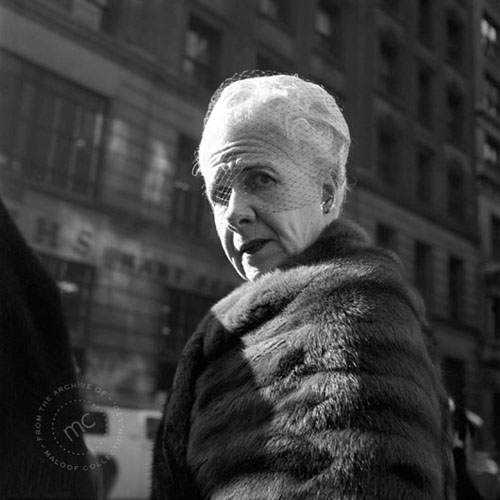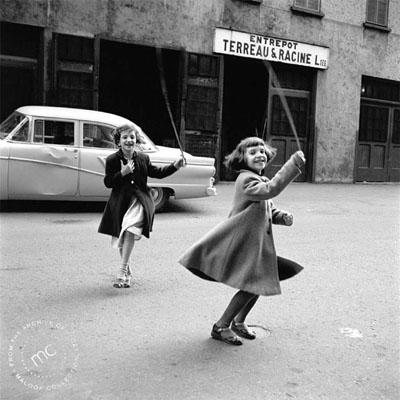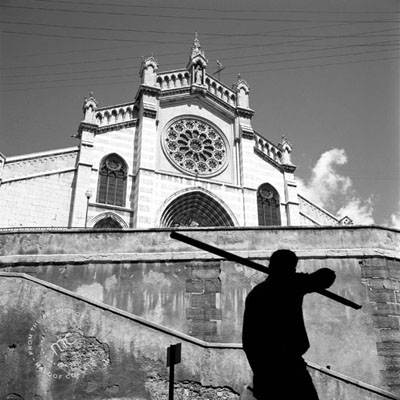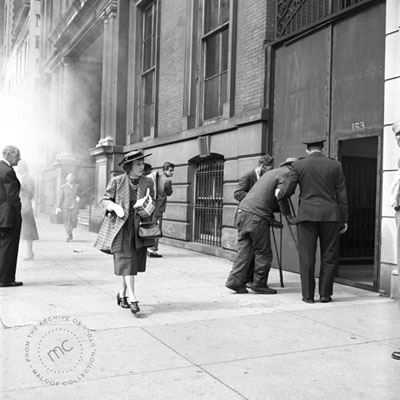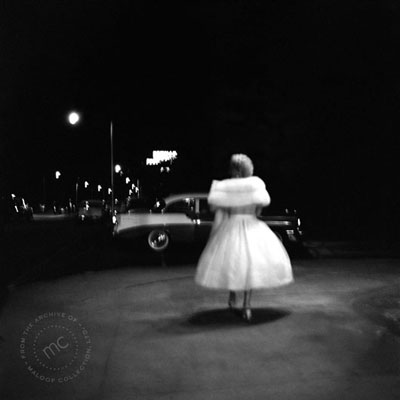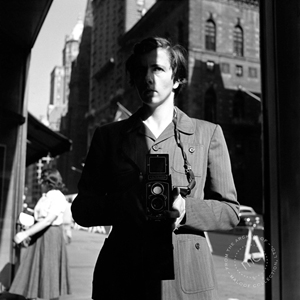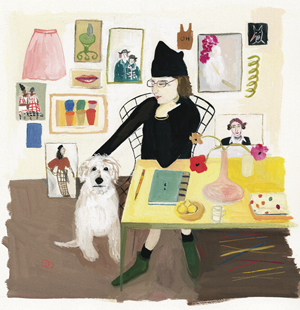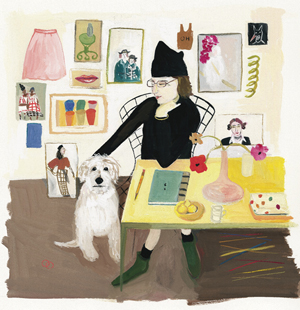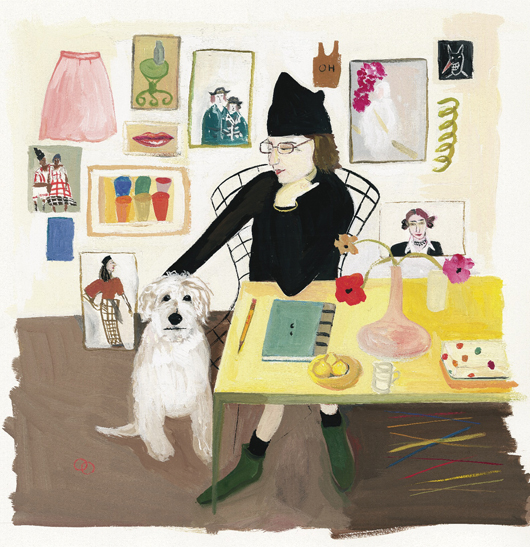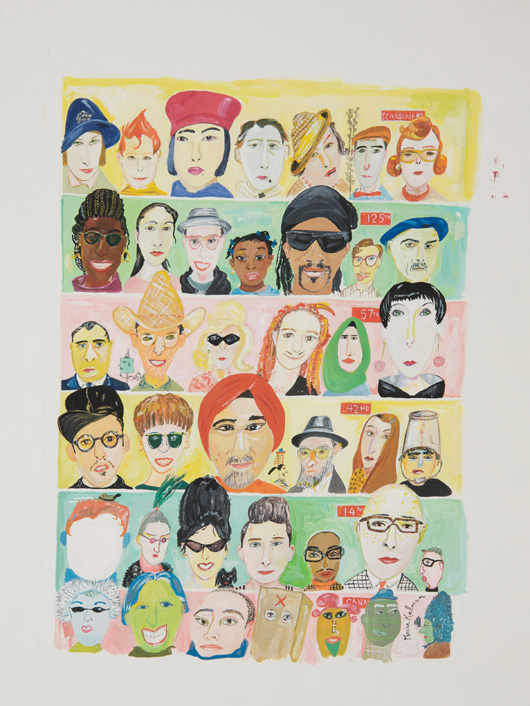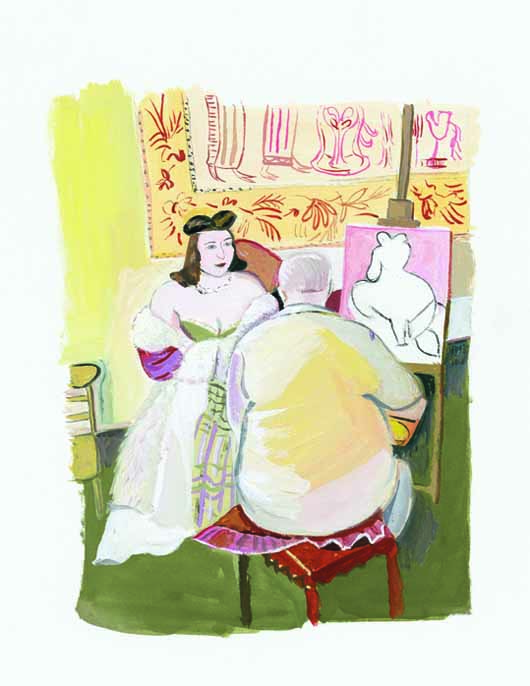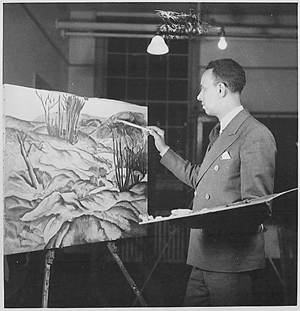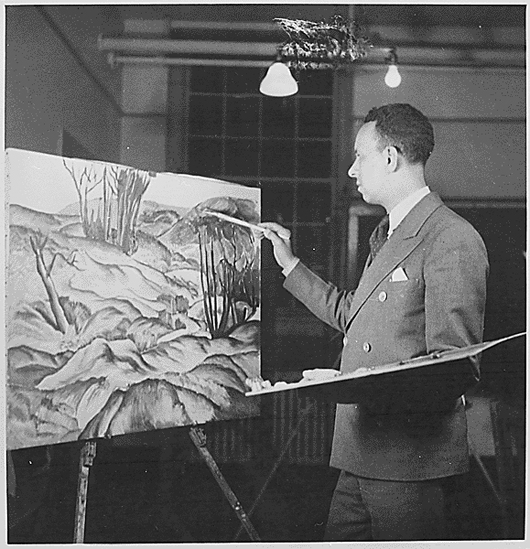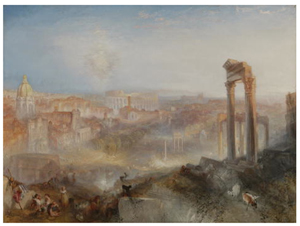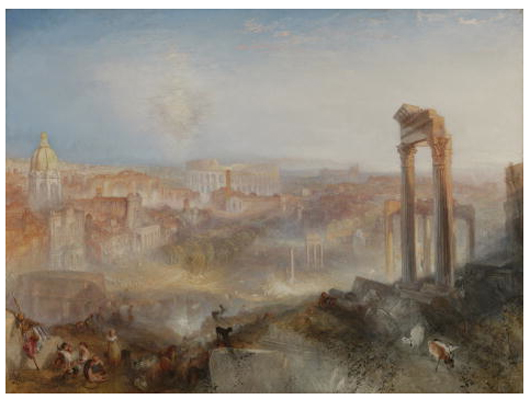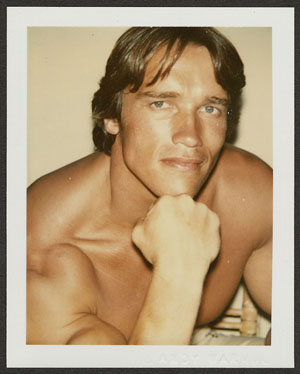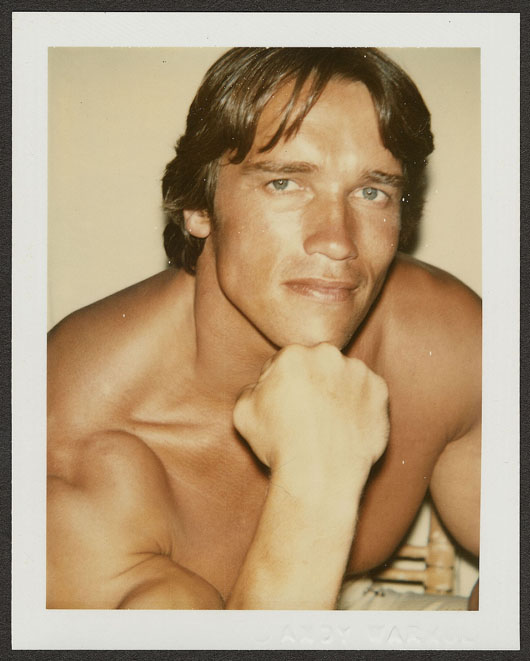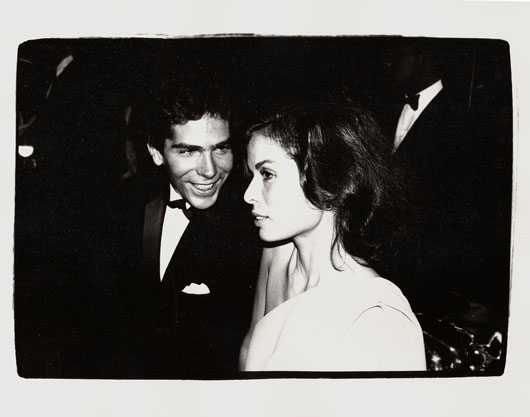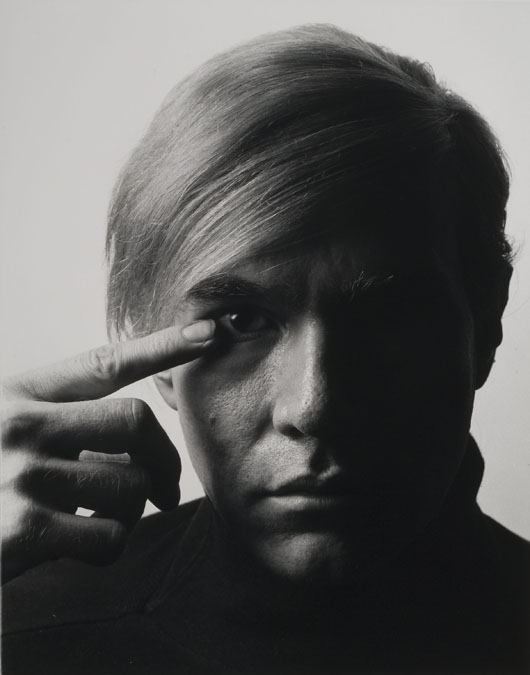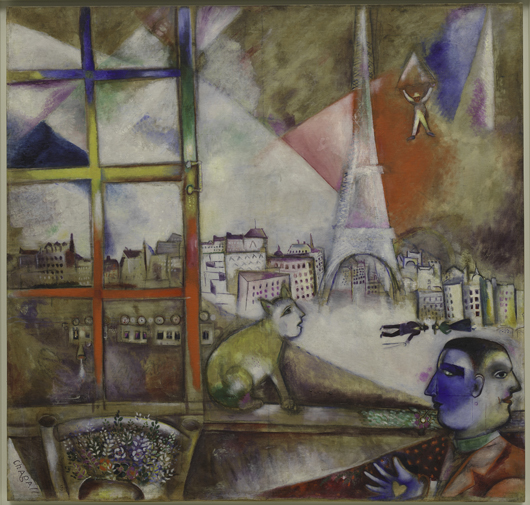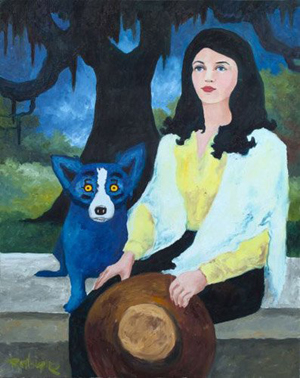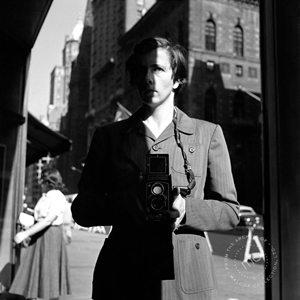
A woman in a white fur stole and evening dress drifting in the darkness toward a ’56 two-tone Chevy.
Click.
A curious little boy, undaunted by his size, using an empty window frame as a ladder so he can peek into a giant box.
Click.
A huddled coil of a man defeated by life, his clothes soiled and tattered, his head hanging in despair.
Click.
Fractions of seconds, captured by Vivian Maier a half century ago or more – fleeting moments of life on the streets at a time when men wore fedoras and dragged on Lucky Strikes, when women favored babushkas, when families piled in Studebakers and Packards for Sunday drives.
Maier observed it all without judgment. This was her hobby, not her job. But over five decades, it also was her life. She shot tens of thousands of photos. Most were never printed. Many weren’t even developed. And few were seen by anyone but her.
Vivian Maier wanted it that way. She guarded her privacy so zealously that she didn’t even want people to know her full name.
She and her photos seemed destined for obscurity until a young man with an eye for bargains stopped by an auction house one day. He paid about $400 for a huge grocery box stuffed with tens of thousands of negatives.
He knew only that they came from a repossessed storage locker that had been rented by an elderly woman.
He carted the negatives home, not expecting much – maybe just some illustrations for a history book he was co-authoring about his Northwest Side neighborhood. He didn’t find any.
But he did unearth a far bigger treasure.
John Maloof had stumbled upon an undiscovered artist whose photography is now being compared to the giants, a reclusive woman who, in death, is attracting the kind of attention and acclaim she would have shunned in life.
___
Maloof knew nothing about photography – he was a real estate agent – but when he started scanning some of the negatives in his computer, even a novice could see they were special:
Striking scenes of every crane and every beam as Chicago’s John Hancock skyscraper went up. Captivating cityscapes of the elevated tracks in New York.
Maloof was inspired to shoot his own photos. He wanted to meet Maier, but someone at the auction house said she was ill. And he didn’t press.
Instead, Maloof decided to collect as much of her work as he could find. He contacted folks who’d bought Maier’s other possessions at the auction that day in late 2007. Soon, he owned 1,000 rolls of her film. But it would be expensive developing them all.
So Maloof – who sells antique reproduction hardware online – peddled about 100 negatives on eBay to raise cash. Some went for $5. Others for $12. One for $80.
One buyer happened to be Allan Sekula, a prominent photographer, critic and teacher. He offered some advice: Stop selling the negatives. The work was good enough for an exhibition and shouldn’t be dispersed.
Maloof set out to learn more about Vivian Maier. His first Google searches had fizzled, but in April 2009, he spotted her name scrawled on the envelope of a roll of developed film. He tried again.
This time, he found an obituary in the Chicago Tribune.
Vivian Maier had died just days earlier.
“Vivian Maier, proud native of France and Chicago resident for the last 50 years died peacefully. … A free and kindred spirit who magically touched the lives of all who knew her. … Movie critic and photographer extraordinaire …”
Her 83 years on earth, summed up in 96 words. But one sentence stood out: “Second mother to John, Lane and Matthew.” Maloof wondered. Perhaps she was their stepmother?
Maloof called the Tribune, but soon ran into some dead ends.
Then a serendipitous moment: As he was filing loose negatives and about to throw out a shoe box that had been stuffed in the larger box, he spotted an address in north suburban Highland Park.
Bingo. A starting point.
___
The address led Maloof to Lane and Matthew Gensburg, two of the brothers who’d posted the obituary.
And so the mystery of Vivian Maier’s life began to unravel.
Vivian Maier, it turned out, had two distinct identities: A nanny for the Gensburgs and other families in a 40-year career on the affluent North Shore. And before, during and after work, a photographer who chronicled the gritty drama and tender moments of street life in and around Chicago.
Maloof, now 29, and his college-buddy-turned partner, Anthony Rydzon, tracked down families Maier had worked for, hired genealogists and chronicled her path from New York to France to the Chicago area.
A picture of Vivian Maier slowly emerged: Fiercely independent. Eccentric. Opinionated. Private, yet confrontational.
She was a Mary Poppins who took her young charges on adventures such as strawberry picking, topped off with an ice cream-making session. A collector of everything from Marshall Field’s bags to railroad spikes. A frugal shopper who told the homeless where to buy bruised fruit for a few cents.
Her style was distinctive. So, too, was her look.
Maier, a big-boned woman with a high-pitched French accent, covered her shortly cropped hair with hats. Her face was free of makeup. Her clothes were matronly and usually second-hand. Her shoes were mannish.
She did not mince words.
“She came on strong,” Maren Baylaender says of Maier, who was hired by her husband to care for his disabled daughter during the late 1980s and early’90s. “Whatever she had to say was more like a statement than a discussion.”
She had opinions about everything: Native Americans? They’d gotten a raw deal. Women? Just as capable as men. Marriage? No thanks.
“I called her Mrs. once and she said. ‘It’s MISS Maier and I’m proud of it,’” recalls former talk show host Phil Donahue, who hired her as a housekeeper for his four teenage sons when he lived on the North Shore in the ’70s.
As a nanny, Maier tended to move often, but she remained with the Gensburgs more than 15 years, becoming a beloved family member – and staying in touch long after she departed.
The three Gensburg sons, now in their 50s, helped Maloof by opening a giant storage locker packed with Maier’s trunks, clothes, negatives, 8-mm films, audio tapes – and a birth certificate showing she’d been born in 1926 in New York (not in France, as the obituary said) to a French mother and Austrian father.
Lane Gensburg’s voice softens when he recalls life with Vivian.
“The best way I could describe her was she was like Mary Poppins,” says Gensburg, a lawyer who was just an infant when Maier arrived. “I think she could actually communicate with children much better than she did with adults. She did amazing things with us, things out of the ordinary” – like staging plays for the neighborhood kids, taking them to a Chinese New Year’s parade, visiting a cemetery.
“She was wonderful, interesting and intelligent,” says Nancy Gensburg, who hired Maier to care for her sons. “She really enriched their lives.”
The Gensburgs gave Maier wide latitude, allowing her time off to travel the world. She visited India, Egypt, Thailand and other countries, shooting the Pyramids, haunting portraits of the poor and, occasionally, the rich and famous.
“She was a free spirit – that’s the only way you can really describe her,” Lane Gensburg says. “She had no real interest in material possessions.”
She did splurge on movies – she loved critiquing them – and read voraciously, especially history and biographies.
But above all, she was an observer. And not just with a camera. She recorded scores of interviews; once she asked supermarket shoppers for their views on Richard Nixon’s resignation. She had a video camera, too, and saved hundreds of newspaper stories. There seemed no rhyme or reason to what she collected. Or why she never cashed thousands of dollars in income tax refund checks.
Some questions, Maloof discovered, have no answers.
___
There’s no indication Vivian Maier ever studied photography.
But a genealogist located a 1930 census showing Maier and her mother once lived with an acclaimed female portrait photographer, Jeanne Bertrand. Maier was just a child, but Maloof says that environment may have provided inspiration. Or a start.
Maier’s photos range from 1949 to the mid-1990s. Mostly, her black-and-white images depict the poor, woman (especially well-dressed dowagers) and children. After switching to color in the mid- to late’70s, she turned to graffiti, inanimate objects – and garbage.
Maier also liked to shoot self-portraits, her face seen through a window pane or some other reflection.
So what makes her work special?
“She had an open and inclusive and very fundamental idea of what constituted ‘America’ that was missed by a lot of photographers in the 1950s and ’60s,” says Allan Sekula, the photographer who bought some of her negatives and teaches at the California Institute of the Arts.
“It’s both the variety and a kind of quirky democratic energy of street life,” he says. “She connected herself through the camera to the street in a way that gave her a charmed presence.”
Joel Meyerowitz, a prominent photographer and author, says he first thought Maier’s photos had been shot by a man.
“They’re earthy and gritty and tough,” he says. “She was incredibly bold as a woman and vulnerable at the same time in a period when women weren’t necessarily thought of that way.”
And yet, she could be funny and tender, too. He recalls one image featuring a man putting up a billboard of a reclining woman, and standing in a way that it looks like she’s giving him a giant kiss.
“It’s hard not to love a lot of these pictures because of her sweet and innocent embrace of human beings,” he says.
Maier made 3,000 to 4,000 prints. Maloof owns about 100,000 negatives and so far, has scanned just about 10 percent of them. (Another collector has about 12,000). About a third of Maier’s work remains in the rolls.
No one knows why she left most of her work unfinished.
Maloof thinks it may simply because the only place she had a darkroom was at the Gensburg home.
Shortly after Maloof started buying Maier’s film, he tried, to no avail, to interest galleries and museums. Then he posted a blog he’d created featuring her work on Flickr, the online photo-sharing site and asked what he should do with the negatives.
Ideas and encouragement poured in.
This winter, Maloof finally succeeded in getting a one-woman show for Maier at the Chicago Cultural Center – her U.S. debut. Maier’s photos already have been displayed in Denmark, Norway and Germany and in magazines in England, Poland and Italy, among others.
Maloof is now working with Sekula to assemble a book of her photos. He’s also joined his partner, Rydzon, and a Danish filmmaker to produce a documentary, Finding Vivian Maier.
He is not, he insists, looking to make money on her legacy. He says he merely wants to bring her photos to the world, and bring credit to an unsung artist.
But would the intensely private Maier approve?
“She wouldn’t like all this attention, but I feel her work deserves recognition and I think this is a nice thing for her legacy,” Maloof says. “But I’ll never know, of course, what she would think.”
___
The Gensburg brothers remained devoted to Maier in her final days.
They rented her an apartment. And when she fell in late 2008 and was hospitalized, they were there, too. Maier wasn’t strong enough to return to her apartment, so they moved her to a nursing home.
She was so unhappy, she pretty much stopped communicating.
After Vivian Maier died in April 2009, the Gensburgs returned to the North Shore woods where their adventurous nanny had taken them to pick strawberries.
This time, they read psalms and scattered her ashes in the spring air.
___
Online:
www.vivianmaier.com
www.vivianmaierprints.com
___
Sharon Cohen is a national writer for The Associated Press, based in Chicago. She can be reached at features(at)ap.org.
Copyright 2011 Associated Press. All rights reserved. This material may not be published, broadcast, rewritten, or redistributed.
AP-CS-03-10-11 0900EST
